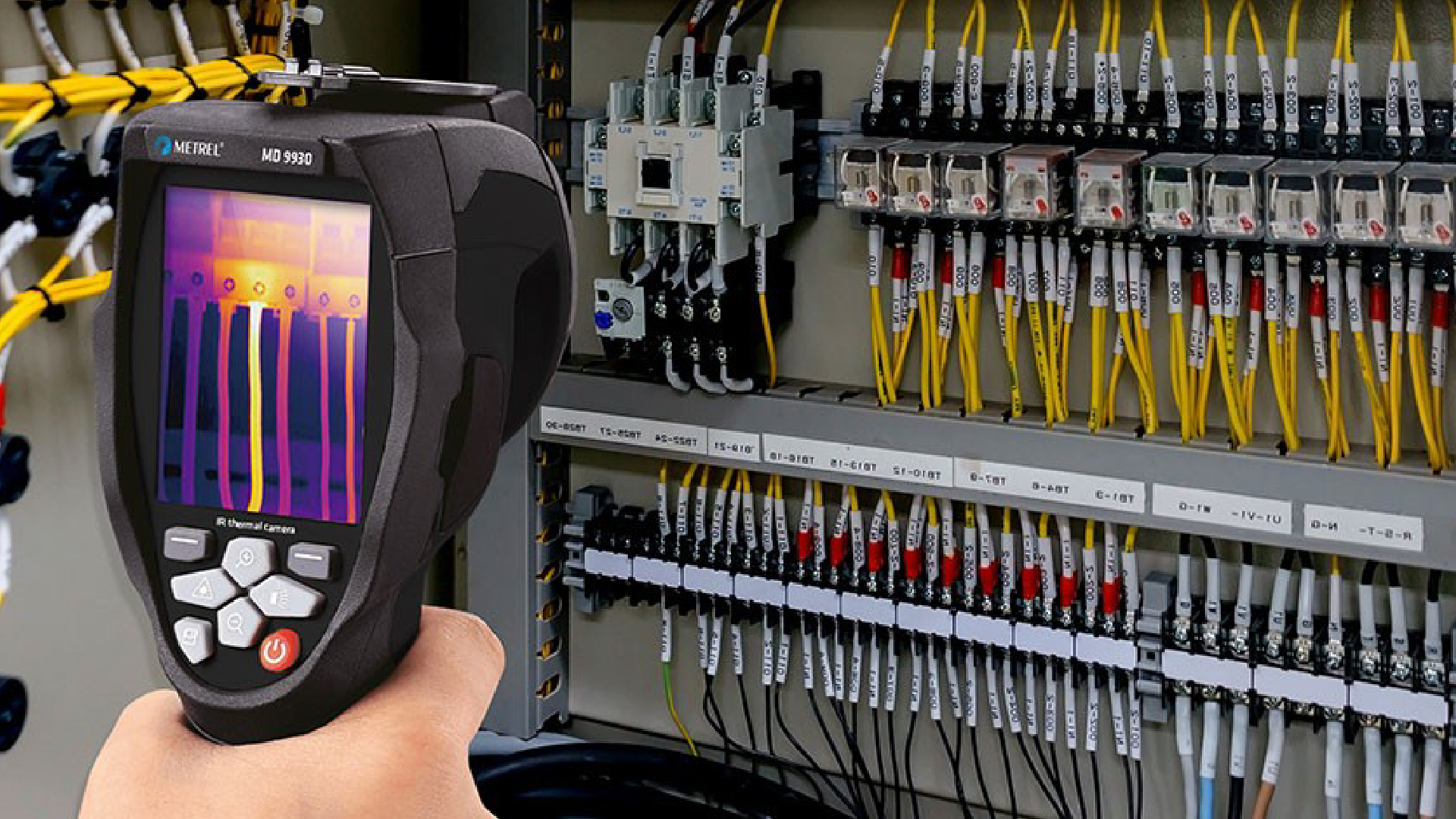
Temperature Limits of Conductors in Raceways
Electrical systems transmit energy from one point to another and generate heat by nature. For this reason, it is very important to design circuits considering the demand and installation conditions.
Ensuring the nominal temperature associated with the ampacity of a conductor is vital. To do this, you must choose and coordinate the correct conductor so it does not exceed the maximum allowed of any connected terminal, conductor, or device, as required by Section 110.14(C) of NEC® 2017.
According to Section 310.15(A)(3), no conductor or group of conductors should be used to operate at a temperature that exceeds the maximum for which it was independently designed, depending on the type of circuit, the installation system, or the number of conductors.
In installing electrical conductors in a raceway, two areas through which current flows are distinguished: The terminal and the conductor areas between the equipment. It is important to remember that conductors must independently comply with the NEC requirements for each zone.
TERMINALS:
Section 110.14(C) states that if the electrical circuit is 100 A nominal or less, the allowable ampacity of the conductor to connect to the terminals of its equipment, must be such that the maximum terminal temperature is 60°C. If the circuit is more than 100 A nominal, the allowable ampacity of the conductor must be such that the maximum terminal temperature is 75°C.
The minimum conductor size and overcurrent protection for the terminals is determined based on 125% of the continuous load plus non-continuous load, according to Sections 215.2(A)(1)(a) y 215.3. This allows thermal balance under normal operation.
The ampacities used in determining the terminal arrangements for the equipment must be taken from Table 310.15(B)(16), regardless of the wiring method used.
The type of load, continuous and/or non-continuous, does not affect the terminal temperature. However, defining the nominal value of the overcurrent protection device of the installation and the terminals' minimum conductor size is a determinant.
CONDUCTORS:
The conductor size is determined using the maximum circulating load (100% of the continuous load plus 100% of the non-continuous load) and the conditions of use throughout the raceway, according to Section 215.2(A)(1)(b). These requirements are different from those that must be met with the terminals.
According to Section 310.15(B), the allowable ampacity of conductors installed in raceways should be looked up in Table 310.15(B)(16). When looking at this table, the maximum continuous load allows a temperature equal to the temperature of the terminals, containing 25% more current than required for the terminal temperature.
For example, for a 1/0 AWG wire, the continuous current, which causes a temperature of 75°C in the terminal, is 120 A. This current produces a temperature of less than 60°C in the conductor inside the raceway (since a current of 125 A would produce a temperature of 60°C according to Table 310.15(B)(16)).
In general, all conductors will have a temperature below 60°C, regardless of the circuit, in a raceway under normal conditions of use when the circulating current is the same as that which produces a temperature at the terminals of 60°C or 75°C.
The temperature limits in the terminals are set so that they do not exceed the maximum temperature of any of its terminals: 60°C or 75°C. In the conductors between the equipment, the cables do not exceed 60°C under normal use, regardless of the terminal's temperature.
For non-normal conditions of use, the application of degradation factors (correction and adjustment factors) to the calculation of the conductor gauge determines that the temperature limits in the raceway may increase, but not more than the nominal conductor temperature (60°C, 75°C, or 90°C). Under these conditions, the temperature limits at the terminals are not affected.
A conductor operating at 90°C may be used during the degradation process, provided that it can carry the actual circulating current and that the installation overcurrent protection device protects the resulting cable.
Strictly following the requirements of the current NFPA70 regulations is essential to coordinate the conductor's ampacity with the maximum nominal temperature of any terminal or connected device so that the temperature limits are not exceeded. The electrical risks that may generate overheating, unnecessary activations of protective devices, short circuits, or fires are avoided.
Normal conditions of use are defined in Table 310.15(B)(16) of the NEC® 2017.
By: Ing. Eduardo Gómez, Ing. Mauricio Corredera, Ing. Jennifer Rodríguez.

